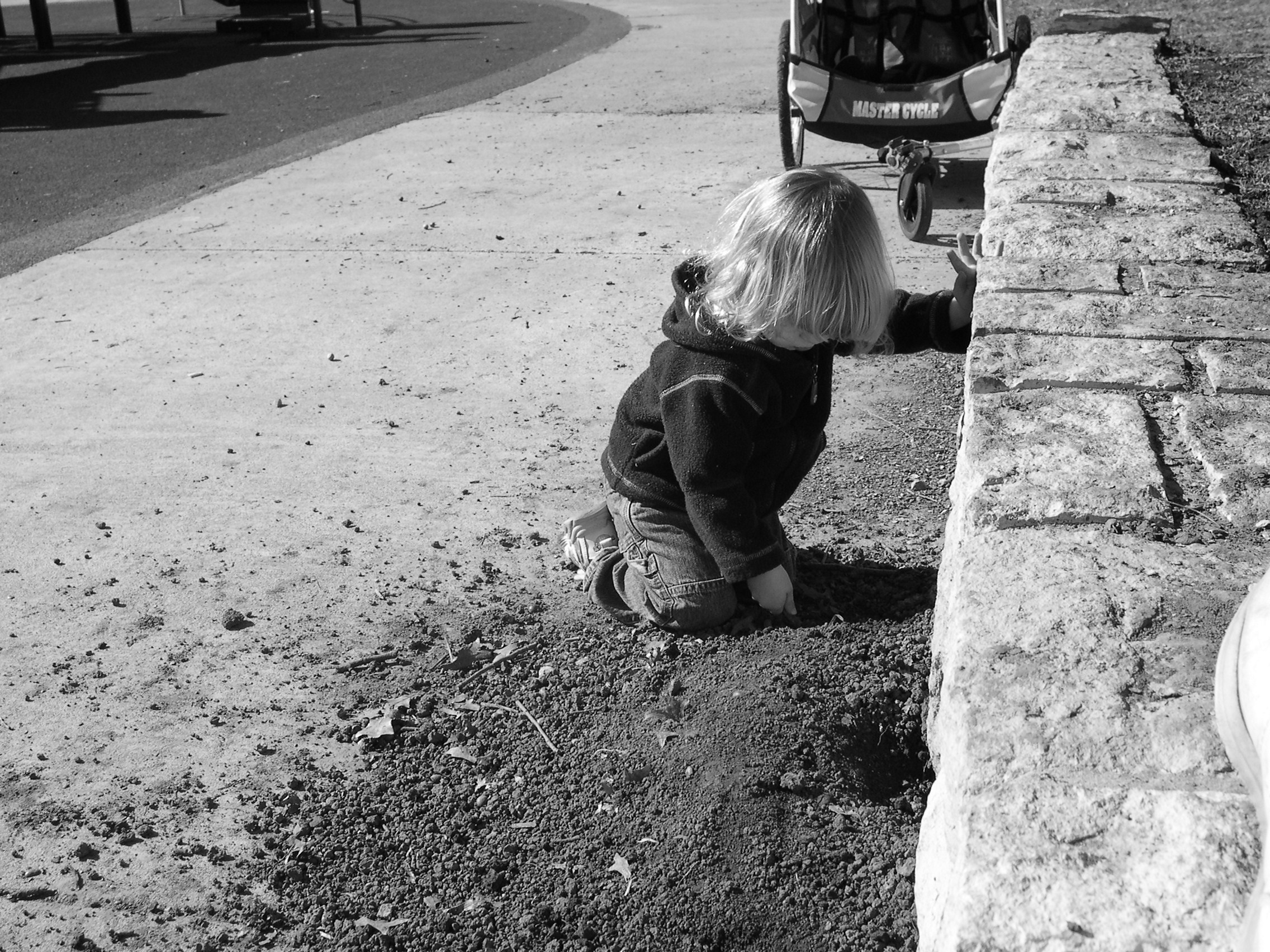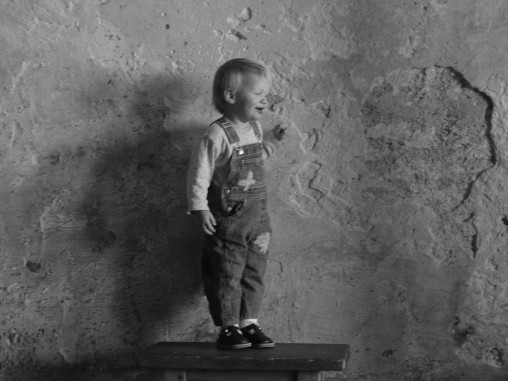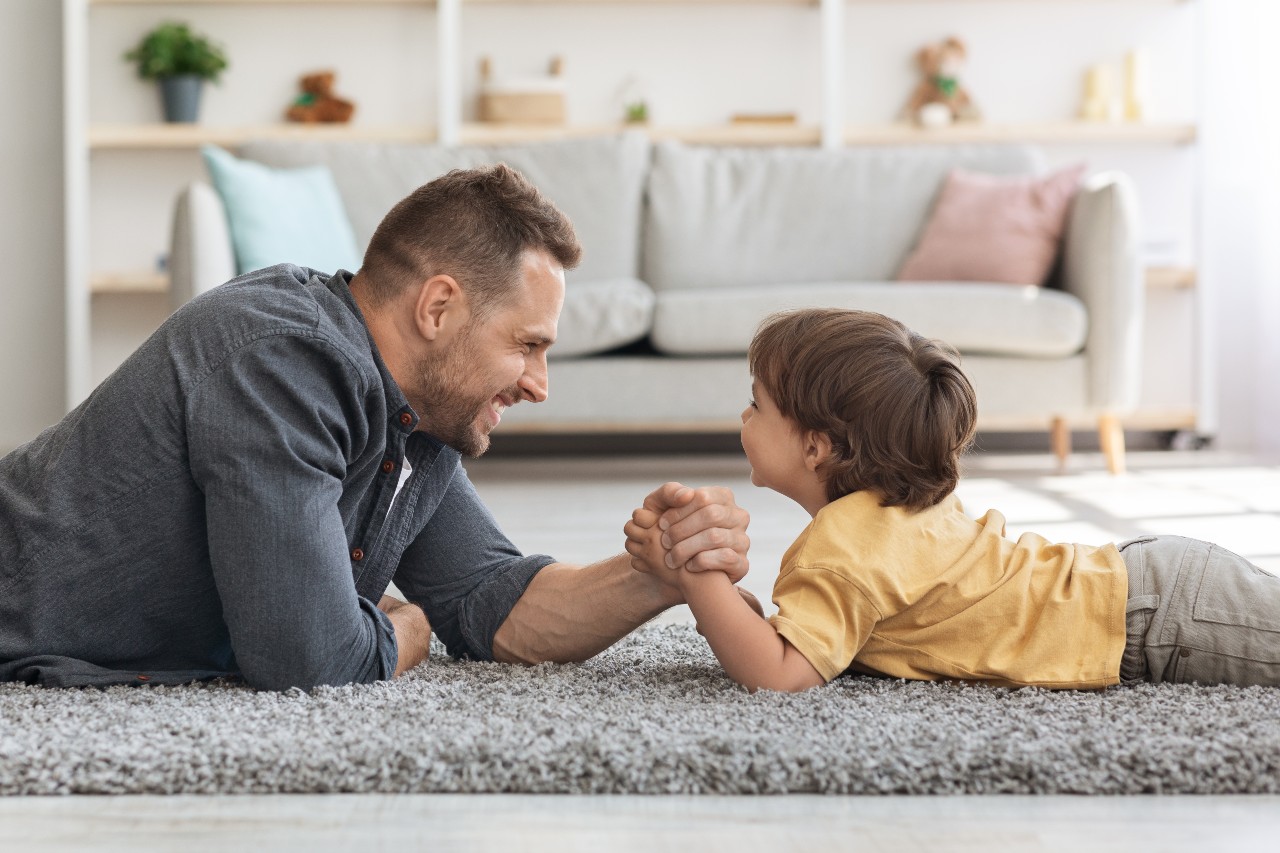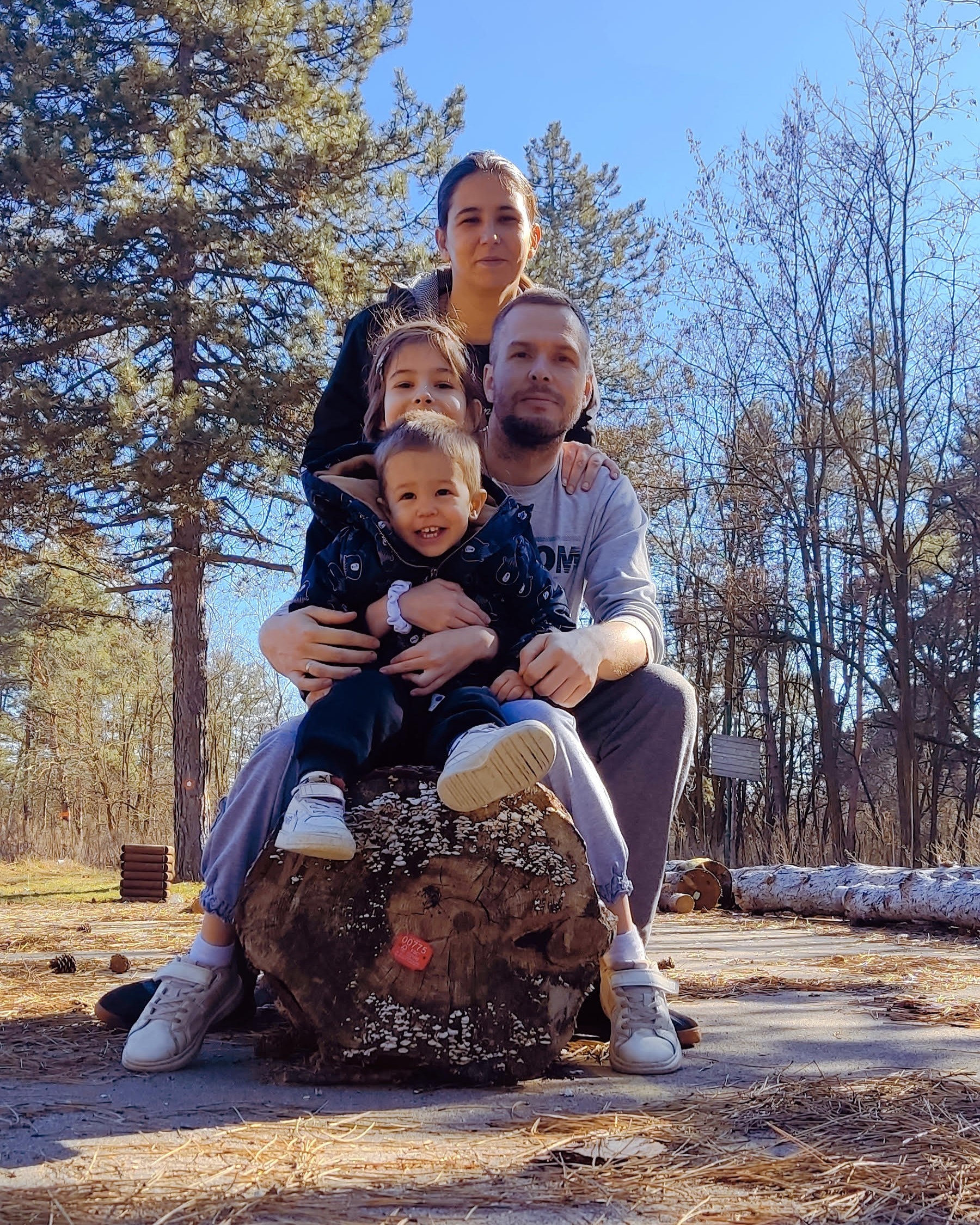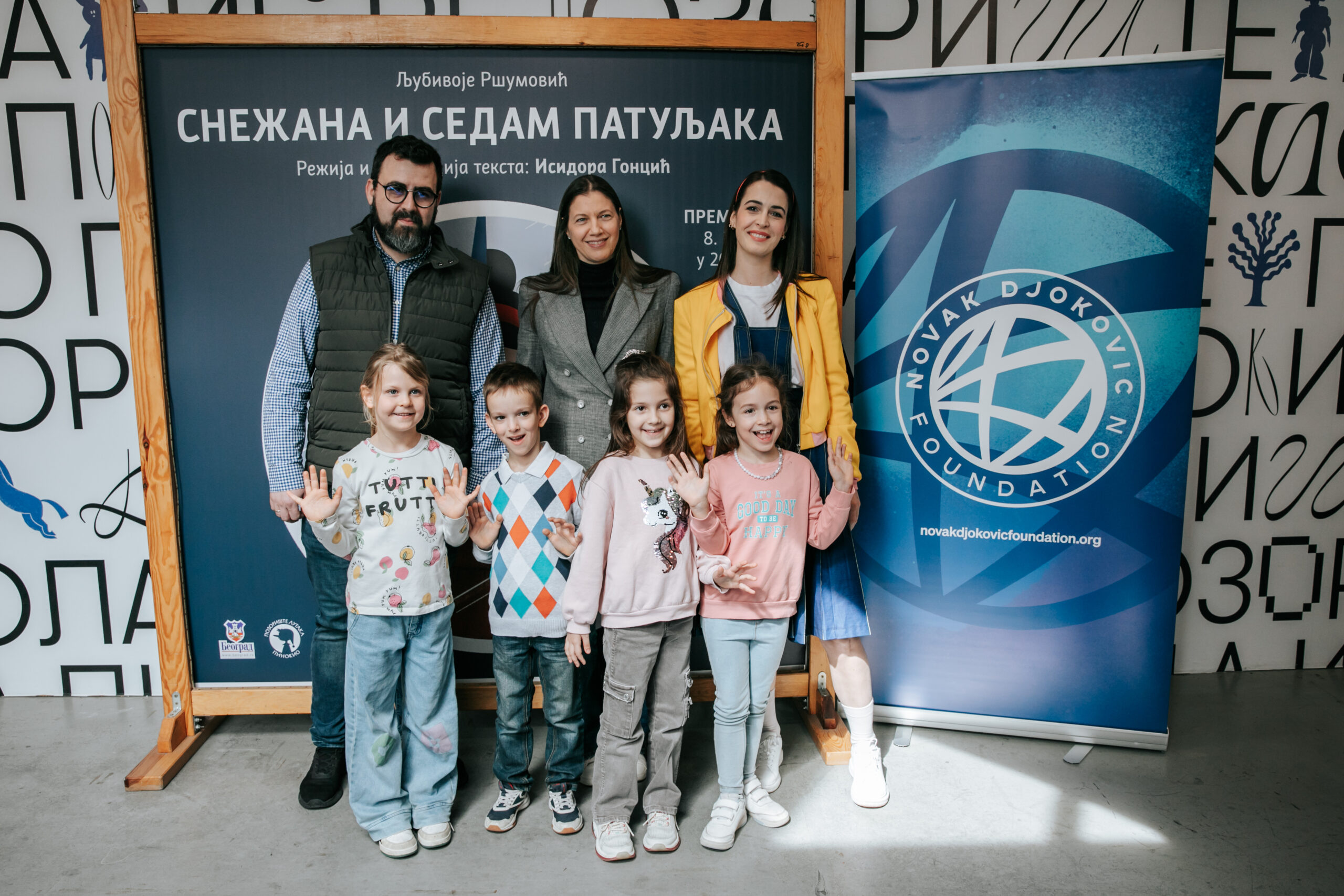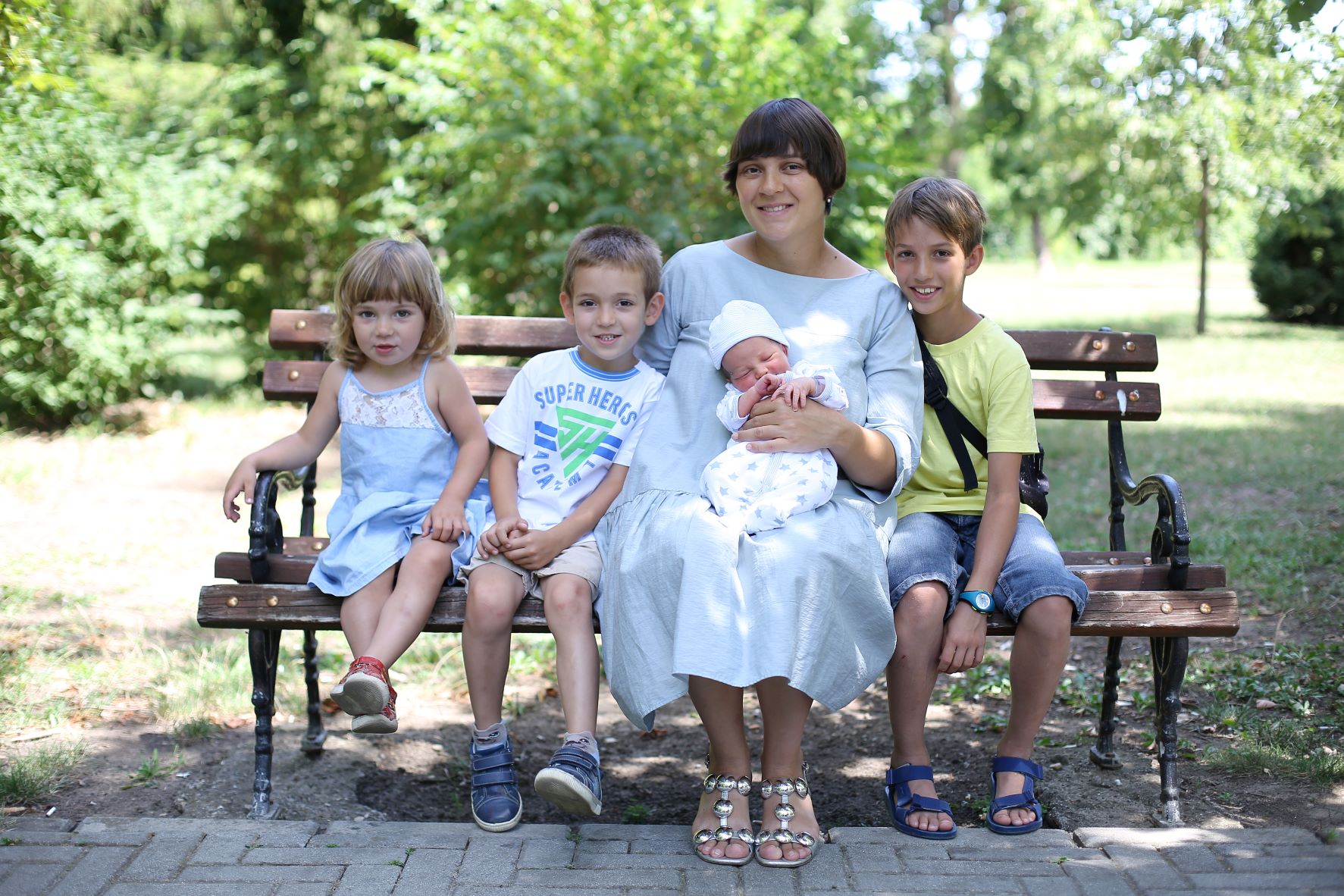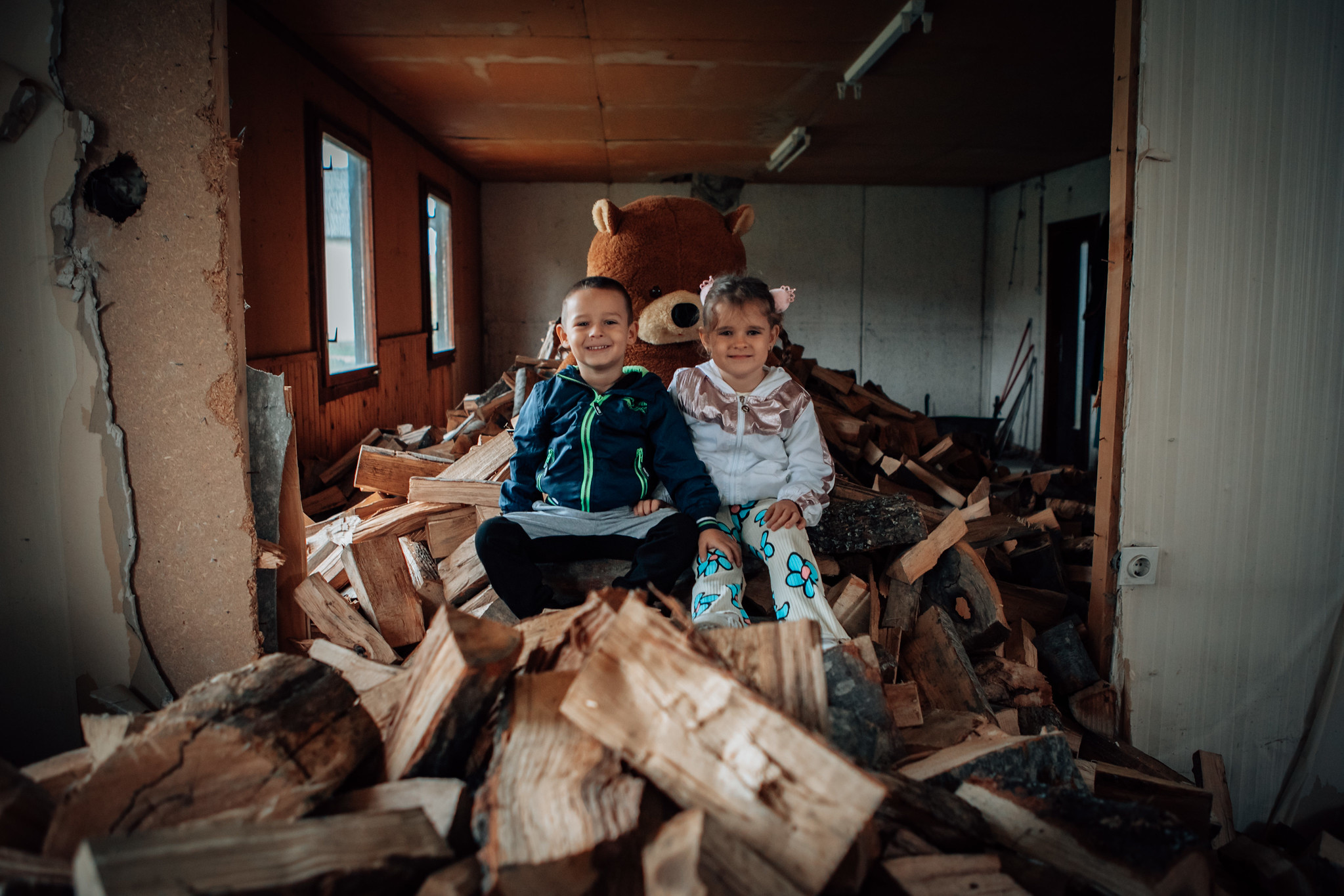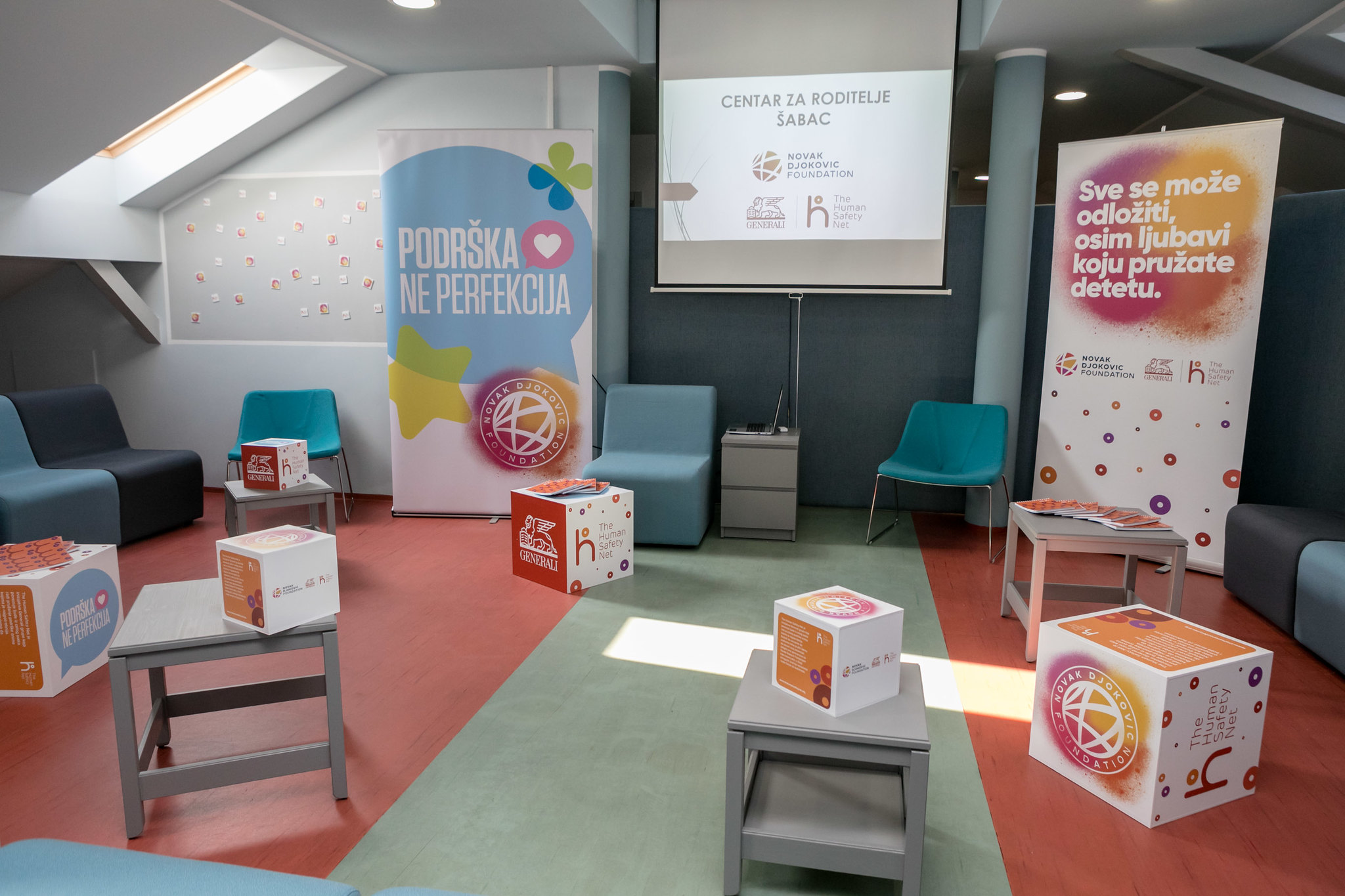Parents are almost always the best source of support for children in times of natural disasters.
[tweet_quote]The Balkan Flood Story is a reminder for humanity that the natural disaster can strike anytime and anywhere.[/tweet_quote]
One of the things I learned in America is preparedness, preparedness for whatever may come and having a family emergency plan handy for dealing with unexpected. [tweet_quote]Parents are almost always the best source of support for children in times of natural disasters.[/tweet_quote] After the disaster, children are most afraid that the event will happen again, that someone close to them will be killed or injured, or they will be left alone or separated from their loved ones.
What do families need to know in order to create a reassuring environment for a child in the aftermath of a natural disaster?
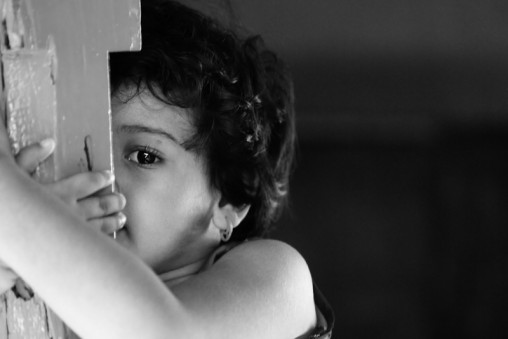
Photo credit: VinothChandar / Foter / Creative Commons Attribution 2.0 Generic (CC BY 2.0)
1. Children’s coping with disaster is directly related to the way parents cope.
Children can detect adults’ fears and sadness. By taking steps to manage their own feelings and plans for coping, parents can make disasters less traumatic for children. [tweet_quote]Parents are almost always the best source of support for children in disasters.[/tweet_quote] Personal contact is reassuring. Physiologists encourage parents to hug and touch their children.
2. This too shall pass
For those that were directly exposed to the disaster, reminders of the disaster such as high winds, smoke, sirens, or other reminders of the disaster may cause upsetting feelings to return. Having a prior history of some type of traumatic event or severe stress may contribute to these feelings. In most cases, depending on the risk factors, [tweet_quote]distressing responses are temporary[/tweet_quote], they too shall pass. [tweet_quote]Parents should encourage children and adolescents to share their thoughts and feelings about the disaster.[/tweet_quote] However, if a child has difficulty expressing feelings, parents should allow the child to draw a picture or tell a story of what happened. Creative writing, essays and poetry can also be useful outlets for emotional relief.
3. Listen to what the child is saying
[tweet_quote]Parents should aim to clarify misunderstandings about risk and danger by listening to children’s concerns and answering questions.[/tweet_quote] The key is to listen carefully to what the child is saying. If a young child is asking questions about the event, parents should answer them in a brief and simple way. There is no need for going in too many details but it is necessary to talk to children in language they understand. Parents should calmly provide factual information about the recent disaster and share their plan for insuring children’s safety.
4. Limit the exposure to media
News coverage related to a disaster may elicit fear and confusion and produce anxiety in children. This is particularly true for large-scale disasters where significant property damage and loss of life has occurred. Particularly for younger children, repeated images of an event may cause them to believe the event is recurring.
If parents allow children to watch television or use the Internet where images or news about the disaster are usually graphic, parents then should be with their children to encourage communication and provide explanations. This may also include parent’s monitoring and appropriately limiting their own exposure to anxiety-provoking information. One of the suggestions from the American Academy for Pediatrics is for parents to consider taping of the media coverage so they can preview it and watch it along the children to help them process the information.
Our thoughts and prayers are with those who have been affected, as well as with the people working night and day with Novak Djokovic Foundation to restoring hope to the victims of the devastating floods in Serbia.

